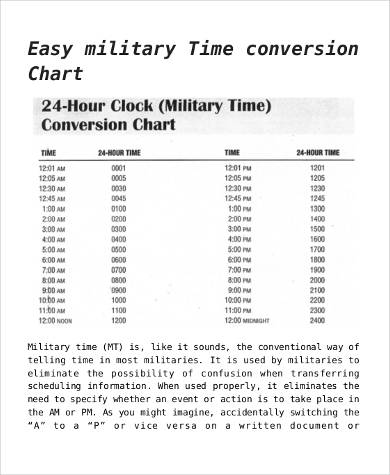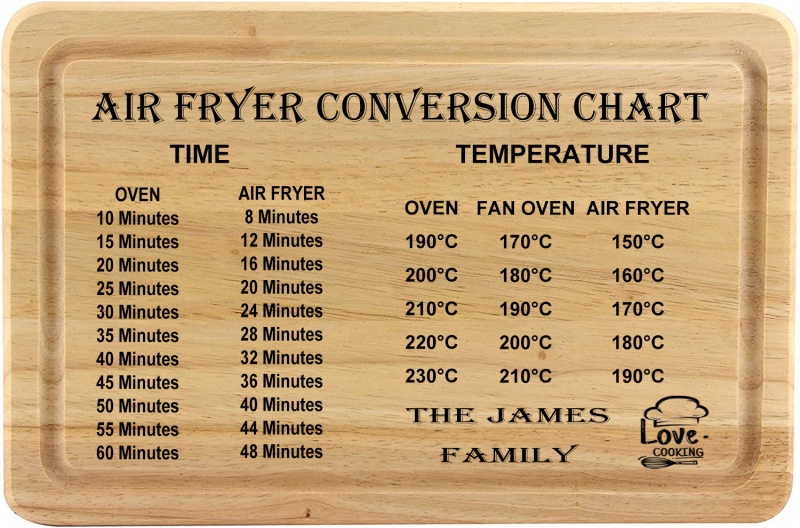
To know how the clocks go just remember “spring forward, fall back”. The one hour shift occurs at 02:00 local time shifts to 03:00 local time in spring and from 03:00 to 02:00 in autumn. Daylight Saving Time (DST):ĭST, also known as summer time represents the practice of advancing clocks in the summer months so that afternoons have more daylight and so electricity costs would be reduced. Many locations change the offsets during summer months to define the usage of Daylight Savings Time (DST). Local time adds 1 hour for every 15° going east and subtracts an hour for each 15° going west. The reference point for UTC is the Greenwich Meridian (the Prime Meridian), which has a longitude of 0°.

By convention, every time zone computes local time as an offset from UTC. Most time zones are one hour apart and their boundaries are settled by the longitudinal lines of 15°. Time Zones define the geographical regions that observe a certain standard time. Offsets from UTC are written in the ±: format. A UTC time offset is the amount of time subtracted from or added to UTC to get the current local time for a specific location. Within this implementation most nations began to use the UTC standard when defining their time zones instead of the former GMT definition. Since 1972 all official time services have broadcast radio time signals synchronized to UTC, a form of atomic time that includes leap seconds to keep it within 0.9 seconds of this former GMT. This time keeping method is less exact than the UTC because the rotational period of Earth is not perfectly constant and the duration of a second would vary if calibrated to a telescope-based standard like GMT. GMT was calibrated to the mean solar time at the meridian passing through the Royal Observatory in Greenwich, UK. Greenwich Mean Time (GMT) is an older standard, adopted starting with British railroads in 1847. This represents the modern civil time and has been defined since January 1972 to follow the International Atomic Time (TAI) with an exact offset of an integer number of seconds. The conversion equation will then be arranged to: "time in zone B" = "time in zone A" − "UTC offset for zone A" + "UTC offset for zone B" in order to provide the desired result from the data the users input. In which each side of the equation is equivalent to UTC. "time in zone A" − "UTC offset for zone A" = "time in zone B" − "UTC offset for zone B", The calculations are based on this simple conversion: With the US time zone converter you can make conversions and display the international time from a state to another, a capital to another capital and even between a state and a capital. In the “From” an “To” sections you can choose whether you prefer a state or a capital and then narrow your search to the specific location in the second dropdown. Below there are two lines in which you need to choose the starting point for the international time conversion and the location for which you want to find the corresponding time. The first two fields are the current date and time and you can change according to your needs.

This tool is designed to be simple and easy to use and to offer you the exact information you need real quick. How does the US time zone converter function?


 0 kommentar(er)
0 kommentar(er)
